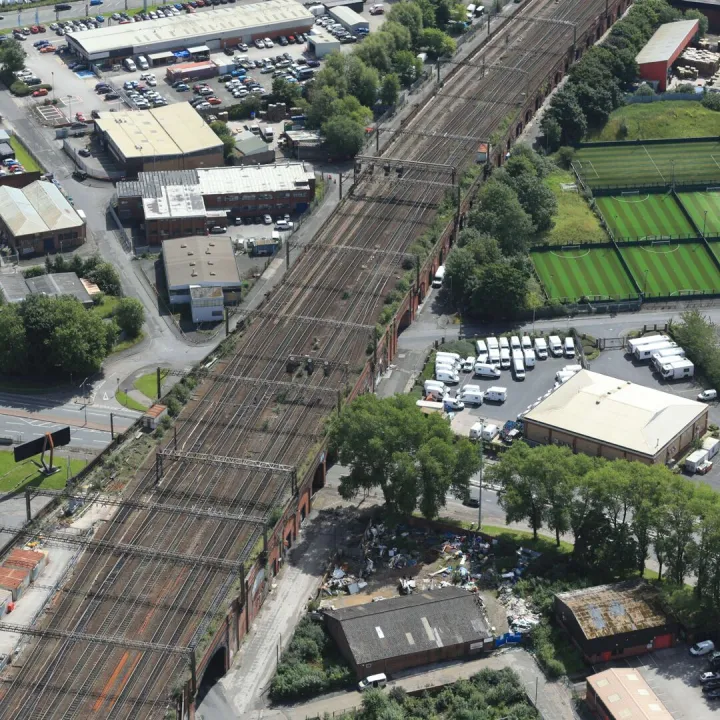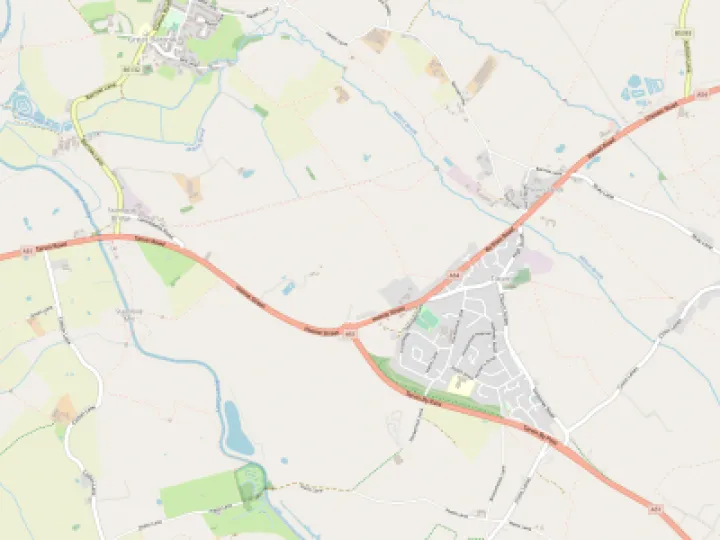River Weaver & Cheshire Salt Industry






Tarvin Civic Trust had a full house at the Tarvin Community Centre on the evening of 29th September for the first open meeting of its 2015/2016 season.
Guest speaker, Colin Edmundson, talked enthusiastically about the history of the River Weaver
Navigation and the Cheshire Salt Industry and showed many fascinating early photographs of work in progress to straighten the river.
Ed. A little more history on the Weaver and its connection to salt
For centuries, the River Weaver has been used for the transport of salt. But manufacturing salt from brine requires coal for fuel (to evaporate the brine), and so merchants were planning improvements along the river as early as the 17th century. By then, sailing barges had begun navigating along the Weaver from the Mersey to Winsford, bringing coal in and salt out.
Various Acts authorised improvements allowing the salt industry to prosper, and throughout the 19th century, the navigation was consistently profitable. The formerly tidal Weaver below Pickerings Wharf underwent substantial modification.
Eventually, the area became known for the production of other chemicals on increasingly larger scales, and it became commonplace to see vessels of 500 tons or more navigating far inland. The trustees of the Weaver Navigation were determined to connect it with the Trent & Mersey Canal running more than 50 feet (15m) above the level of the river: locks would have been impractical and expensive, so they designed the extraordinary Anderton Lift, which opened in 1875.
The lift underwent many modifications but finally succumbed to the effects of corrosion from the surrounding works. It was effectively abandoned in 1983. Having lain unused for almost two decades, it has been now fully refurbished and is once again operational, raising and lowering boats between the canal and the river in two caissons.
Quick Links
Get In Touch
TarvinOnline is powered by our active community.
Please send us your news and views.

